While you’re looking for colleges, of course you’re also looking at the cost. After all, you want to make sure you can afford attending the school. The average sticker price for an in-state resident at a public college was $18,391 in 2012. That’s almost $12,000 less than the average sticker price for private colleges. What causes this difference? Why do private colleges seem so much more expensive compared to state colleges?
Public colleges receive substantial funding from state governments
- Subsidies are generally only available to students who live in that state
- On average, states contribute $6,105 per in-state student per year for tuition
- As a result of the declining economy, state support for public college tuition has dropped on average 23 percent per student in the last 5 years
Every state has at least one public university–most have many more. Colleges are considered public when a portion of the cost of attendance is paid by their respective states. In general, colleges don’t subsidize the cost for out-of-state students because their families don’t contribute to the state tax pool.
Some states form reciprocal tuition subsidy agreements with nearby states. Students from these states will pay less than the out-of-state price, or even pay in-state tuition, at certain colleges in their region. You’ll have to look up if the colleges you’re interested in participate in reciprocal tuition. Even if a state participates in a reciprocal tuition association, not all schools in the state necessarily participate.
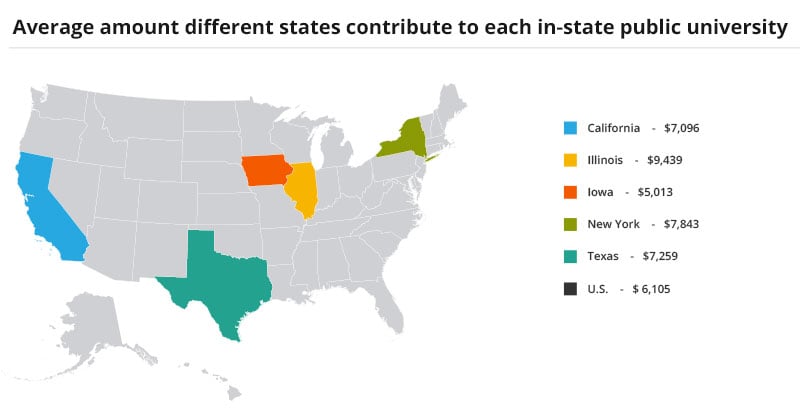
States pay a big chunk of the cost for in-state students to attend public universities. Source.
On the other hand, private colleges don’t receive state subsidies. Instead, they support themselves solely through tuition and donations. That’s why their sticker prices are higher.
Keep in mind that the actual net price at private colleges is usually much lower than the sticker price, even if they appear more expensive
- Private colleges are usually much more generous with grant funds
- For the 2013-14 school year, public universities awarded an average of about $2,000 in grants per undergraduate. Private colleges awarded about $12,400
The sticker price at private colleges will almost always be higher than the sticker price at public colleges. After all, they can’t get state subsidies. But don’t let this deter you from applying to private colleges.
Private colleges are more likely to offer need-based grant aid. This means if the cost of college is a huge concern for you in your college search, you may have luck applying for aid at private colleges. In other words, many private colleges will take into consideration your financial circumstances and fund you the best they can before you have to turn to federal or private loans. All in all, private colleges don’t have to be more expensive than public ones.
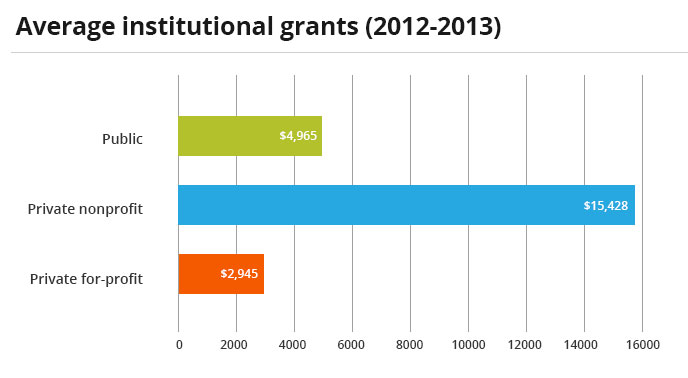
Private colleges and universities offer much higher institutional grants on average than public schools.
As a result of the declining economy, state support for public college tuition has dropped an average 23 percent per student in the last 5 years. In other words, public college tuition is increasing and the amount of aid offered is decreasing.

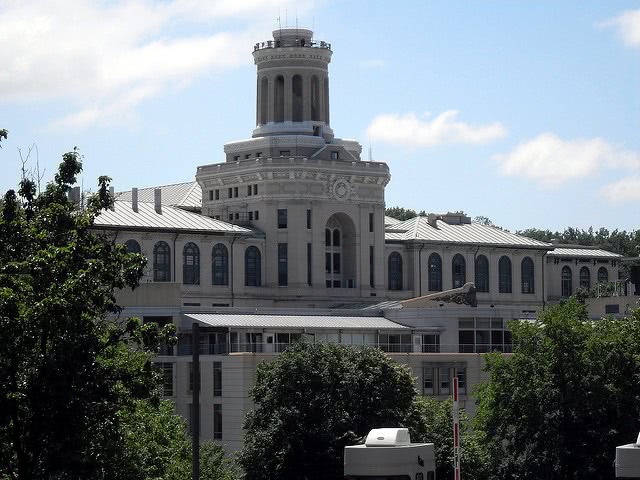
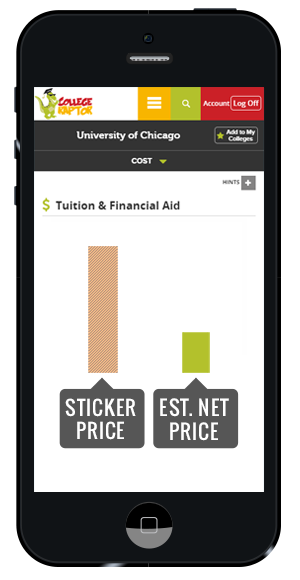
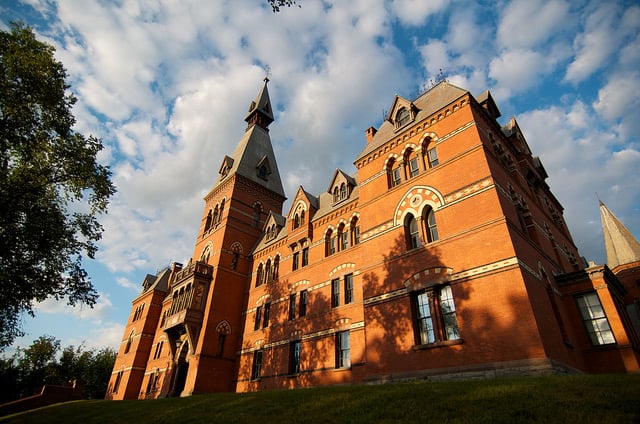


I graduated from a public university, Iowa State. It was not a good fit but we adjusted to each other. Guess who did all the adjusting. Iowa State didn’t care whether I did my homework or not. If it wasn’t done I was graded accordingly. Eventually I wised up.
This certainty did prepare me for the real world after I graduated. Private employers don’t worry either about whether you do the work. If you don’t, your replacement will. From what I have heard private schools do more hand holding and charge for it. It’s your choice.
James,
Thanks for sharing your experience! For a lot of students, the college experience can be a bit shocking. There is usually way more students, and way less structure than in high school. This means that at most colleges, you’ll need to be responsible for your own work and study habits because no one will be watching to make sure you do your work.
Tyler